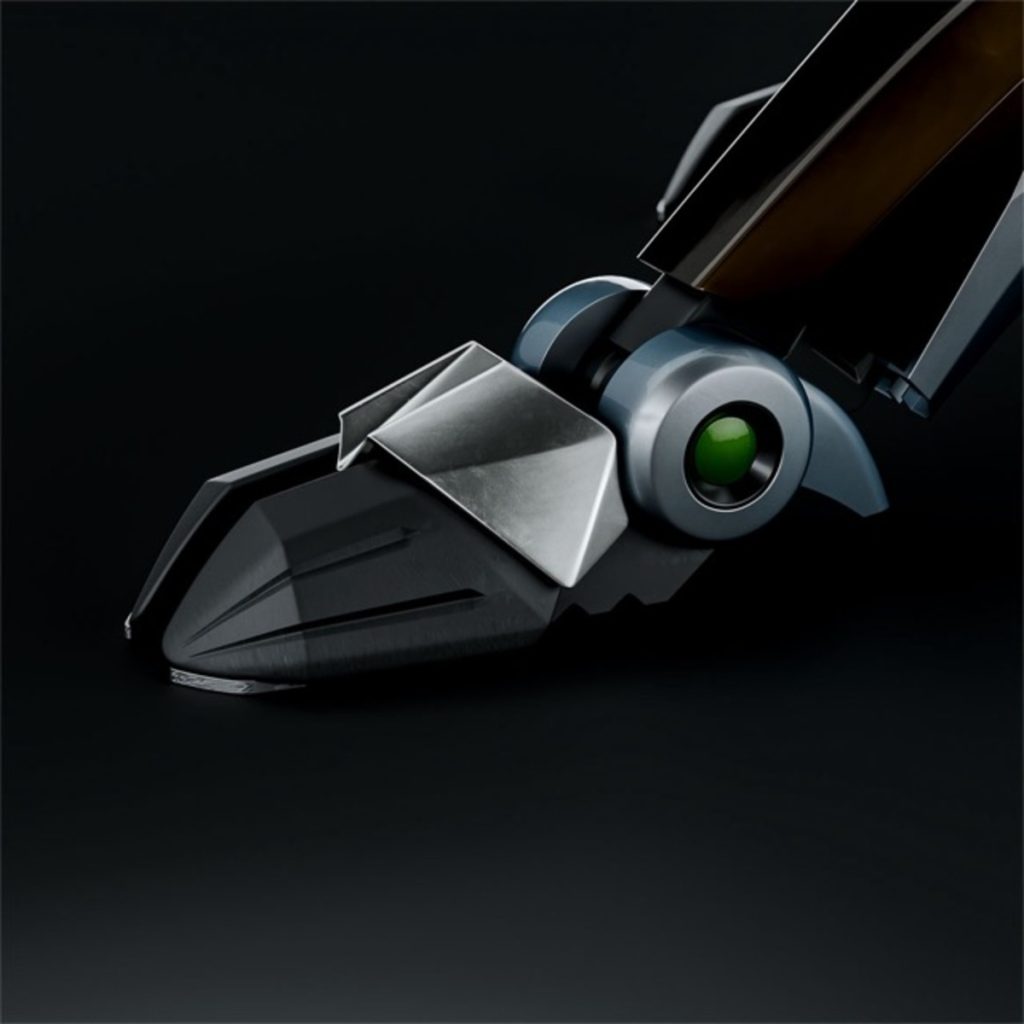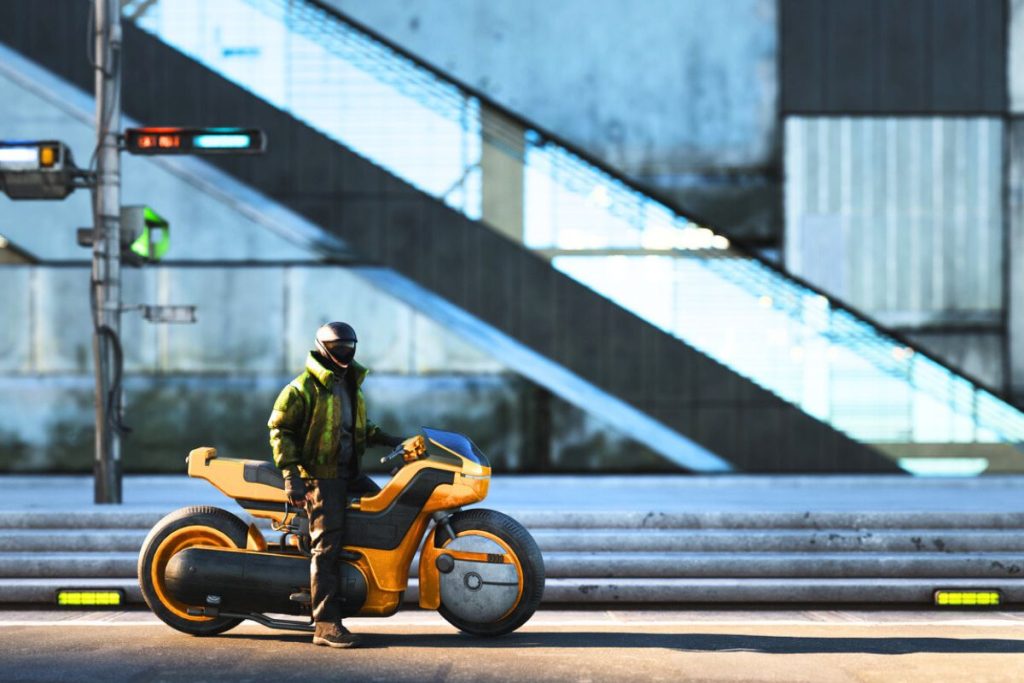Imagine a machine that gallops like a horse but runs on hydrogen. That’s not science fiction—it’s Kawasaki’s latest innovation, and it just might reshape how we move through both cities and wild terrain. The Japanese tech and motor giant has introduced Corleo, a robotic quadruped that looks more at home in a sci-fi movie than on a trail. Yet it’s not only real—it’s the company’s bold vision for the year 2050.
A New Breed of Mobility
At first glance, Corleo resembles a mechanical stallion. But unlike anything on the market today, this four-legged vehicle is built not for speed alone, but for agility, balance, and adaptability. Designed for off-road adventures, the concept is clearly aimed at thrill-seekers and explorers, with Kawasaki teasing, “Tame the mountains, breathe the fresh air, and enjoy panoramic views.”
A promotional video shows the robot deftly bounding over rocky trails, scaling steep inclines, and leaping across gaps that would leave most ATVs stranded. There’s no steering wheel, no handlebars—just legs, and each one is independently powered and maneuvered for maximum shock absorption and stability. It’s the closest a machine has come to mimicking biomechanical movement, inspired directly by the anatomy of horses.
Built for the Wild—and the Unexpected
One of Corleo’s most intriguing features is its rubberized “hooves”, split into left and right segments. This allows for optimal grip on uneven, slippery, or unstable terrain, whether it’s gravel, mud, or snow. These hoof-like feet give the machine an eerie sense of grace, despite its futuristic look, allowing riders to traverse paths that would challenge even the most experienced hikers or trail bikers.
And let’s not forget: this isn’t a gas-guzzling monster. Corleo is powered by a 150cc hydrogen engine, which feeds electricity into four limb-mounted generators. In other words, it’s eco-conscious and energy-efficient, two words rarely associated with rugged transport tech. The built-in dashboard offers real-time updates on navigation, terrain tilt, battery levels, and even the machine’s center of gravity, helping riders stay in control—even mid-jump.

Why This Changes Everything
While the official release is still far off—targeted for 2050—Corleo already feels like a game-changer. It’s not just a new kind of motorcycle or ATV; it’s a reimagining of personal mobility. By combining robotics, renewable energy, and off-road capability, Kawasaki is leaning hard into the future of transport.
It’s also an answer to the growing demand for vehicles that can handle climate-challenged terrain, especially as outdoor exploration booms and urban expansion reaches less accessible areas. Whether it ends up being used for recreation, emergency response, or even military operations, Corleo opens up new ground—literally and figuratively.
So, while you may not see one trotting past your window anytime soon, keep your eyes on the horizon. Because if Kawasaki delivers on this vision, the next trailblazing ride won’t have wheels—it’ll have legs.



